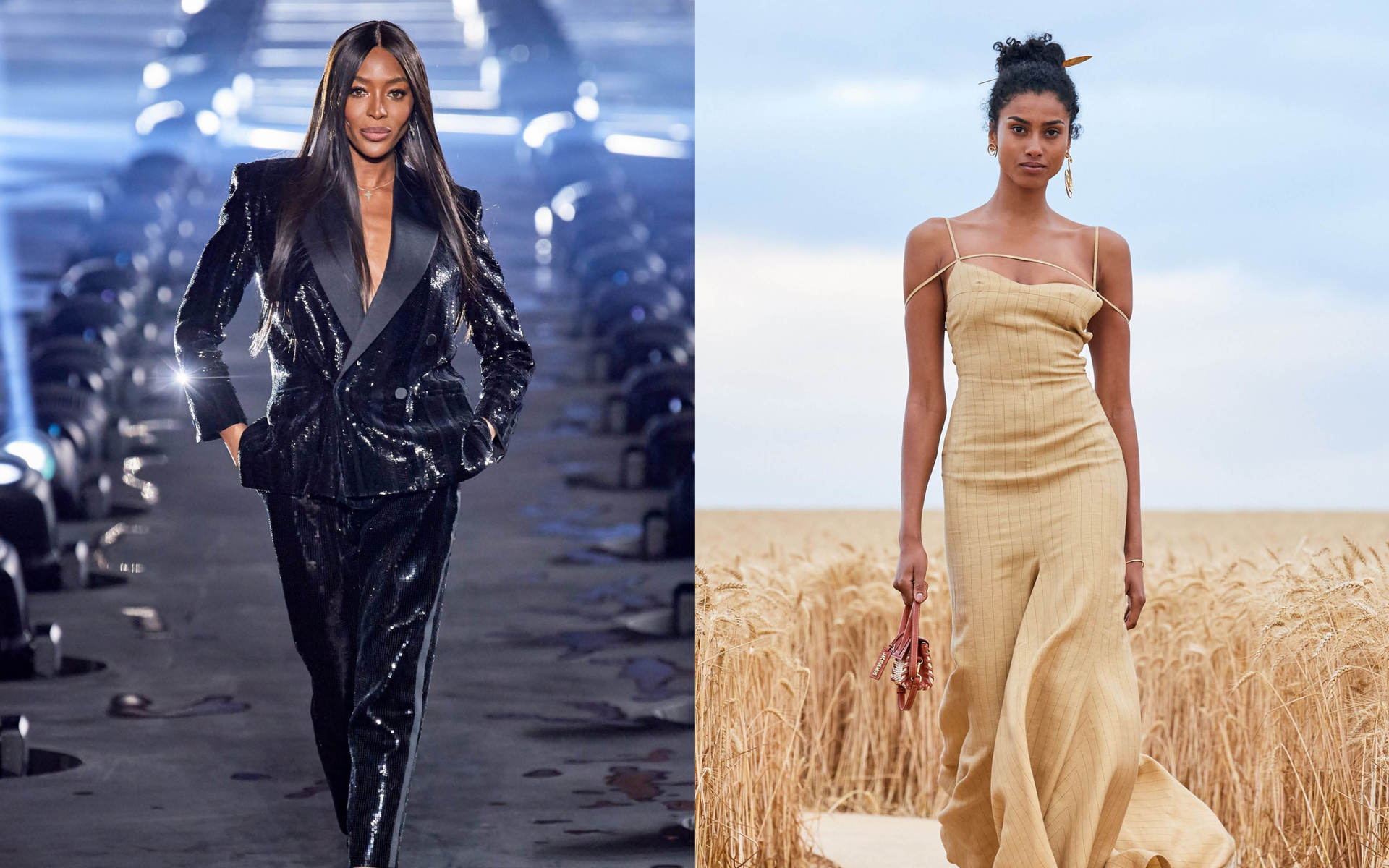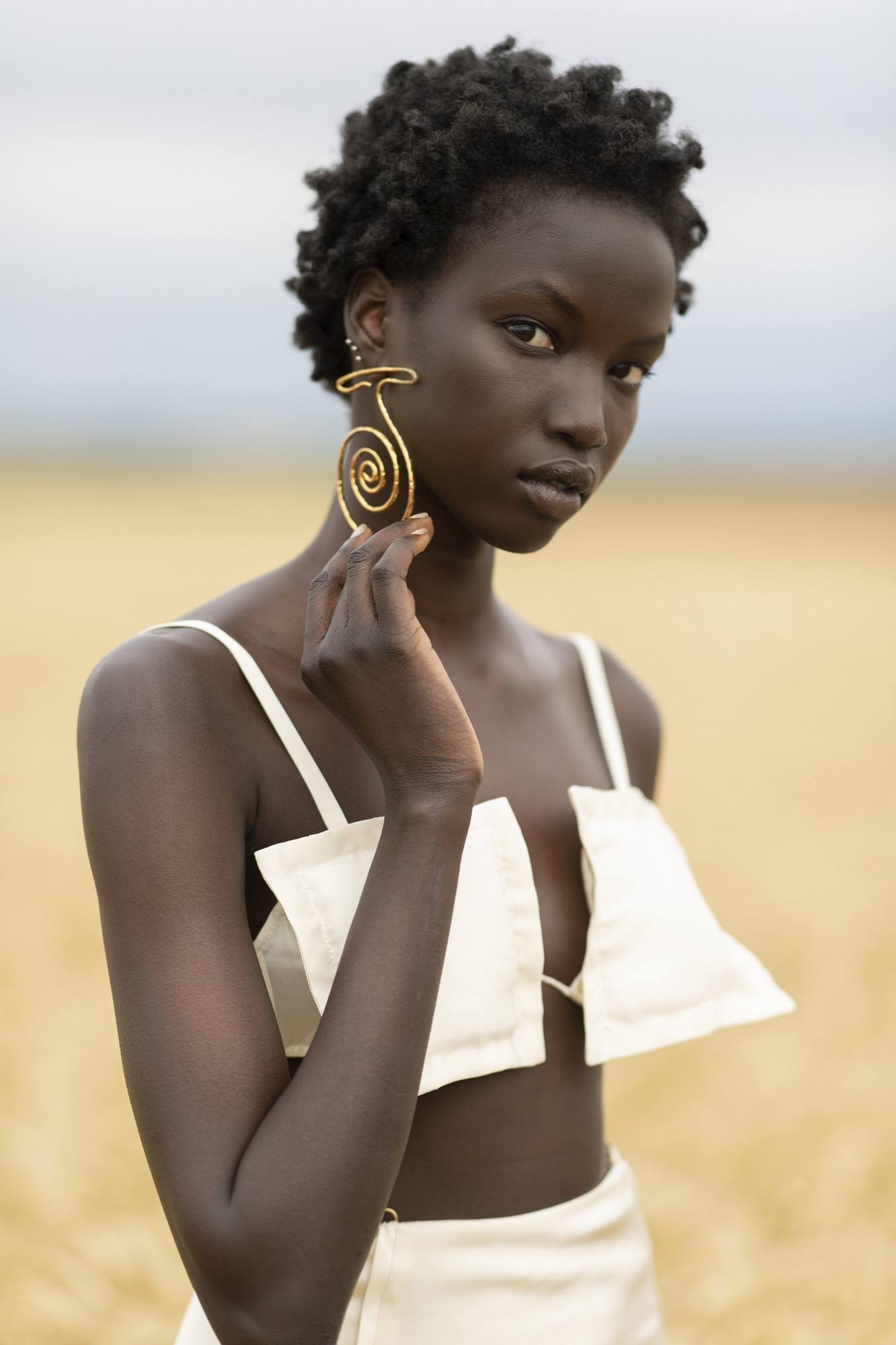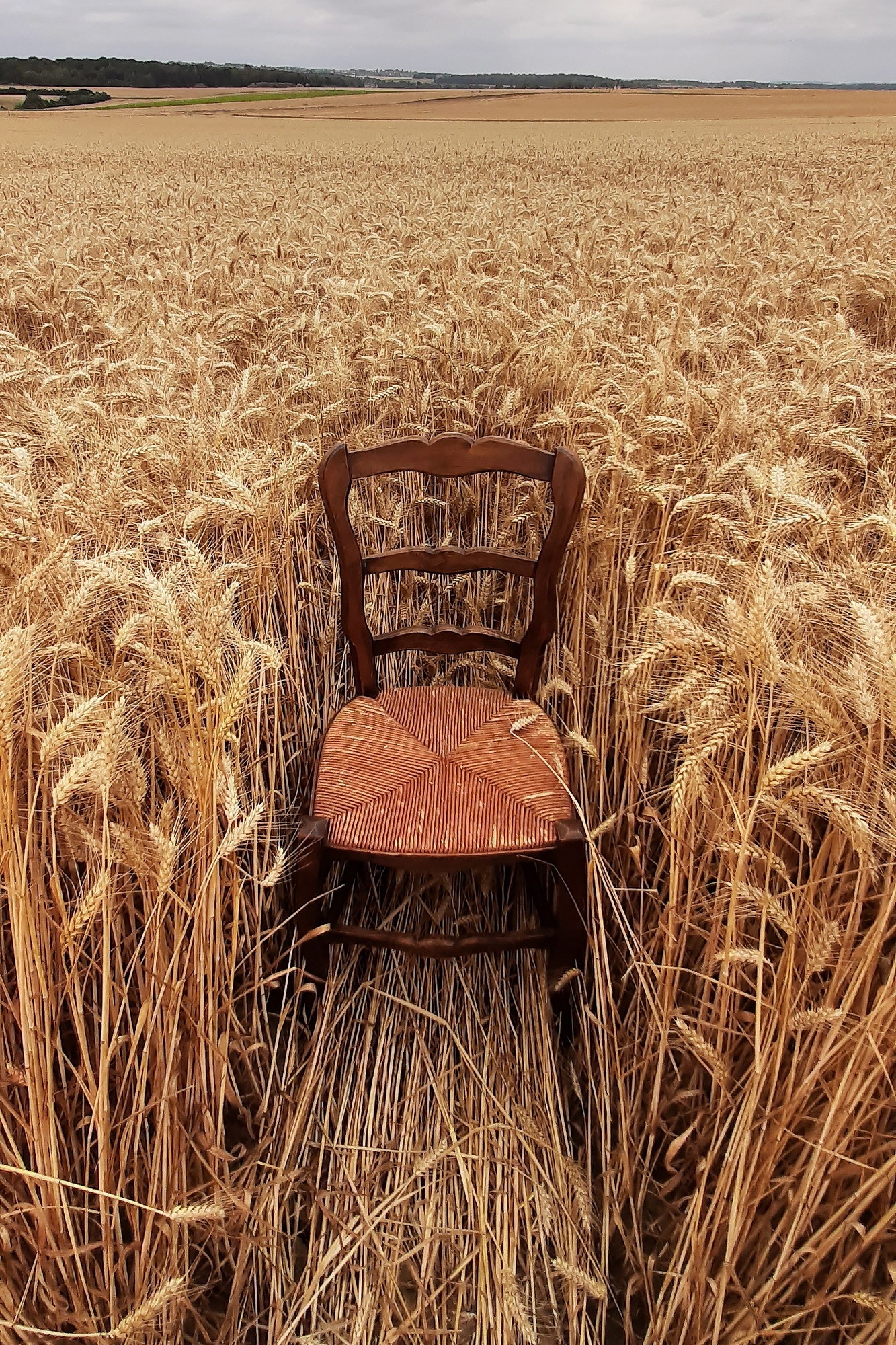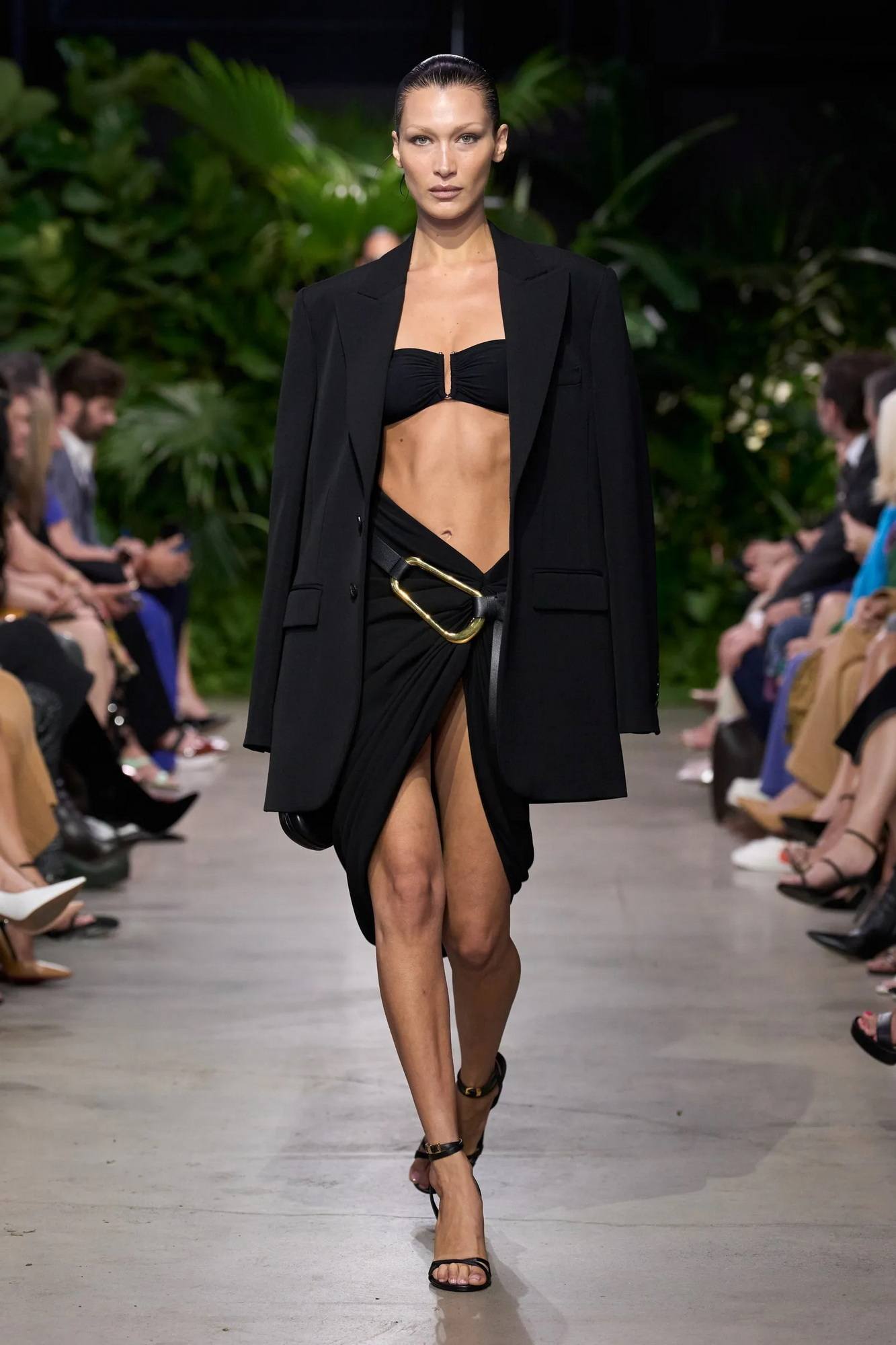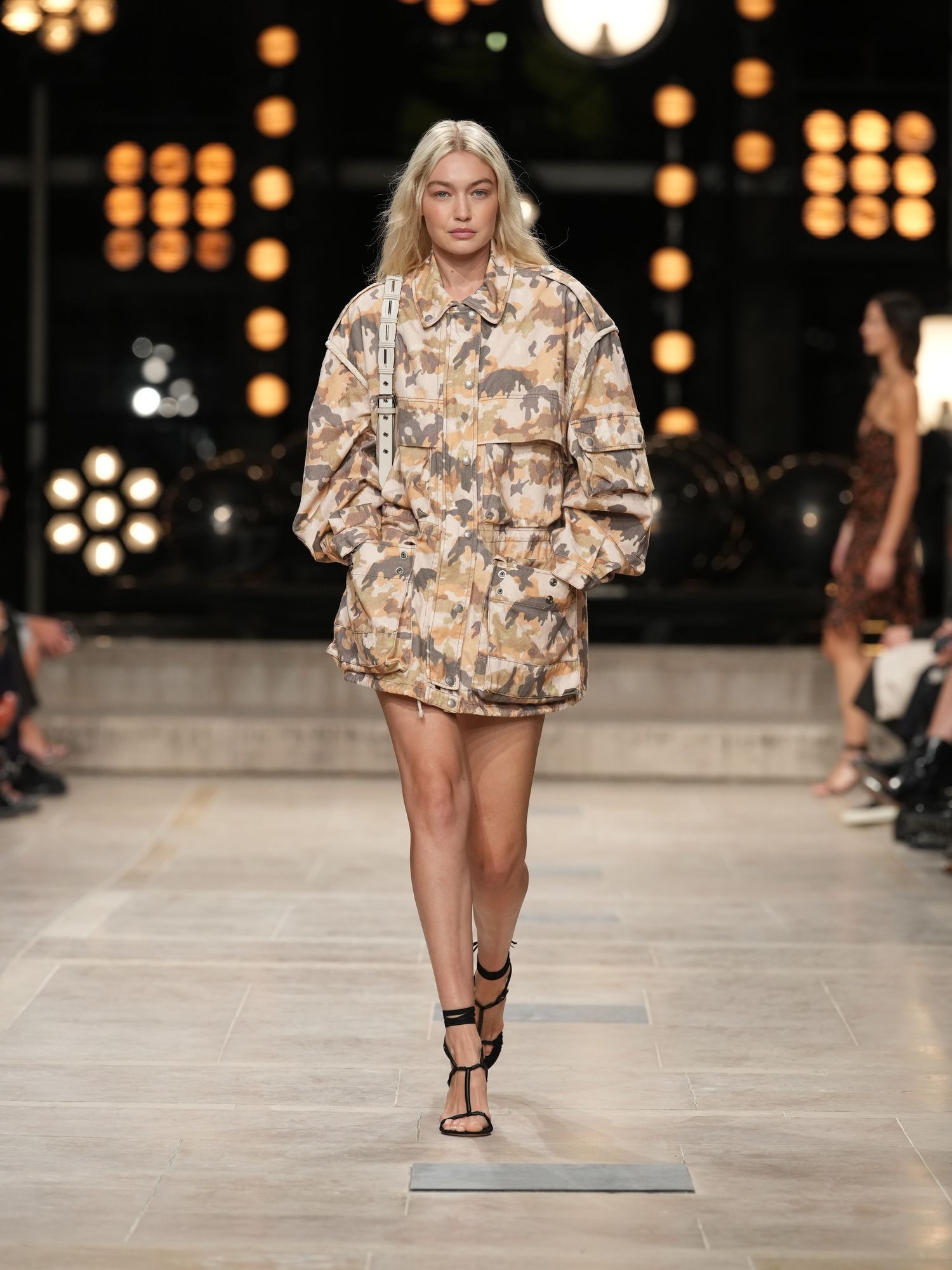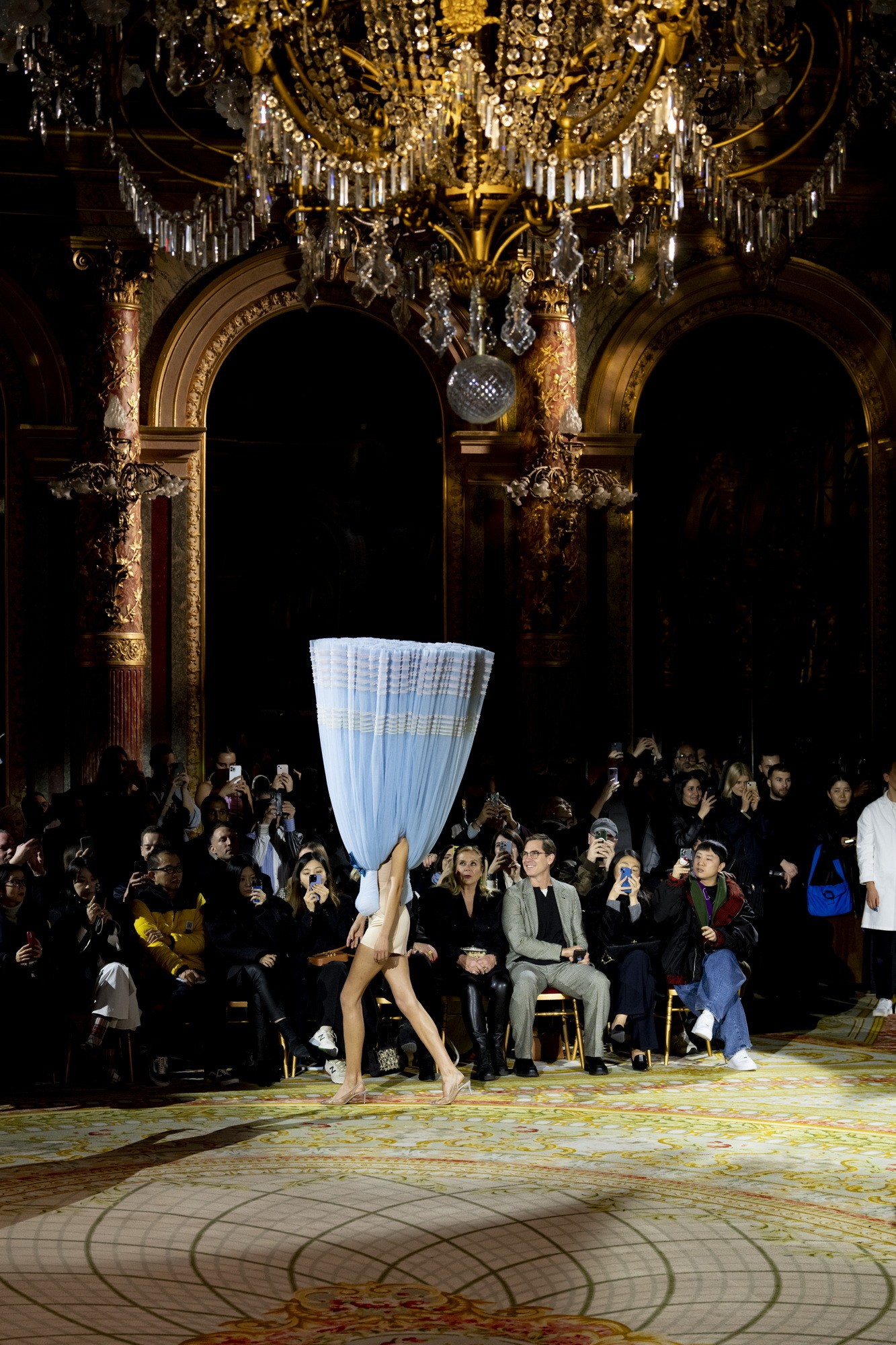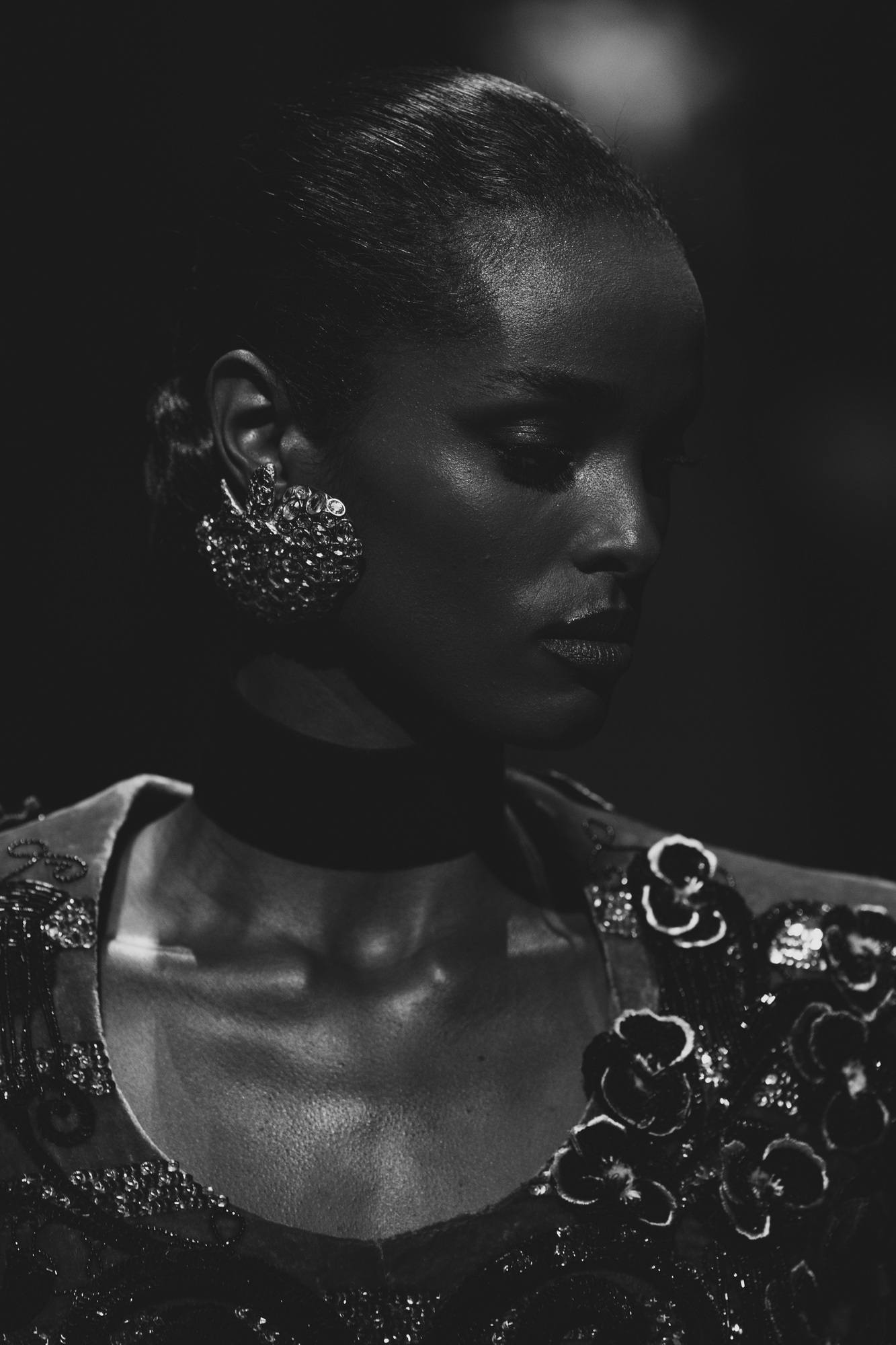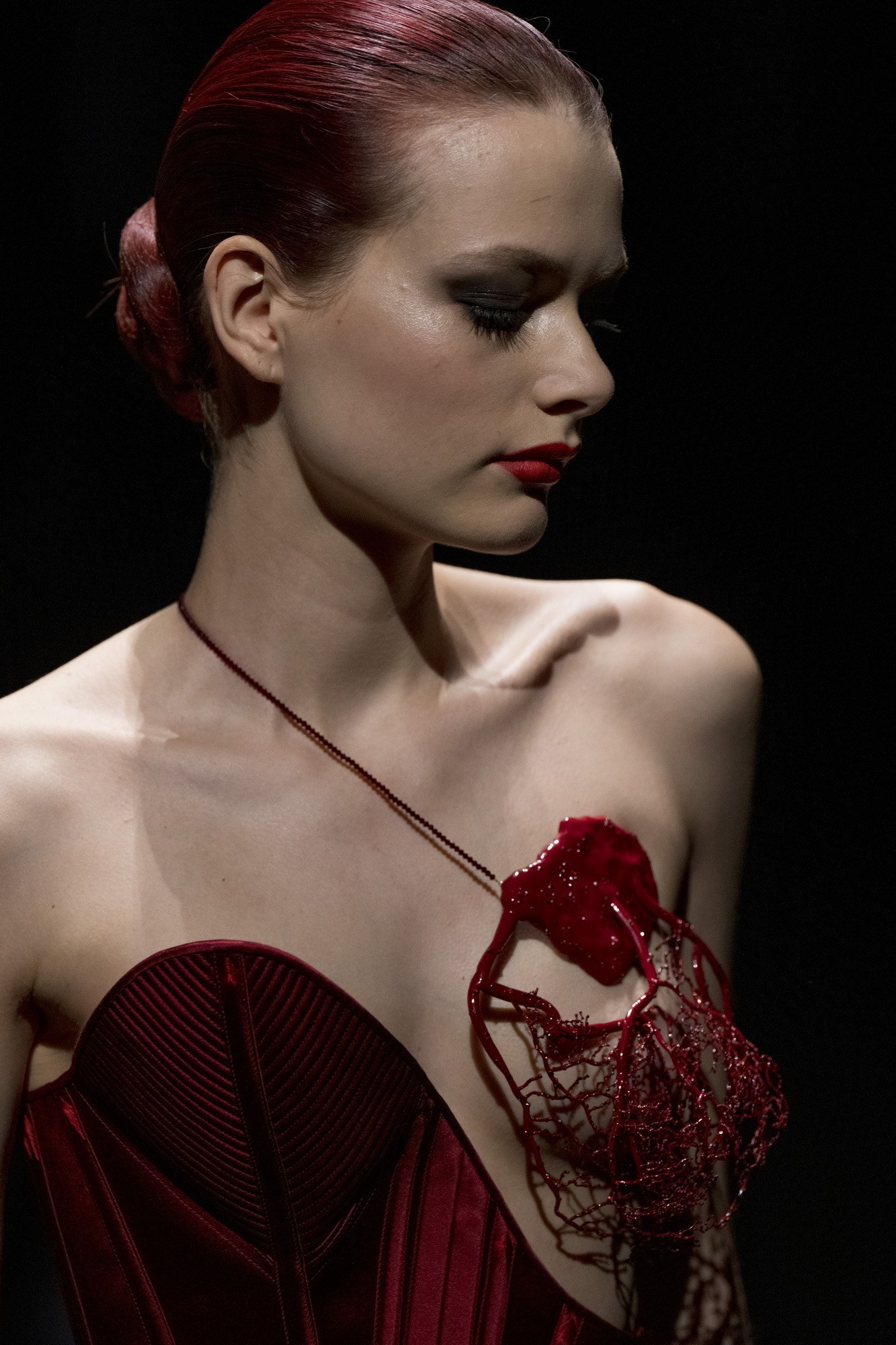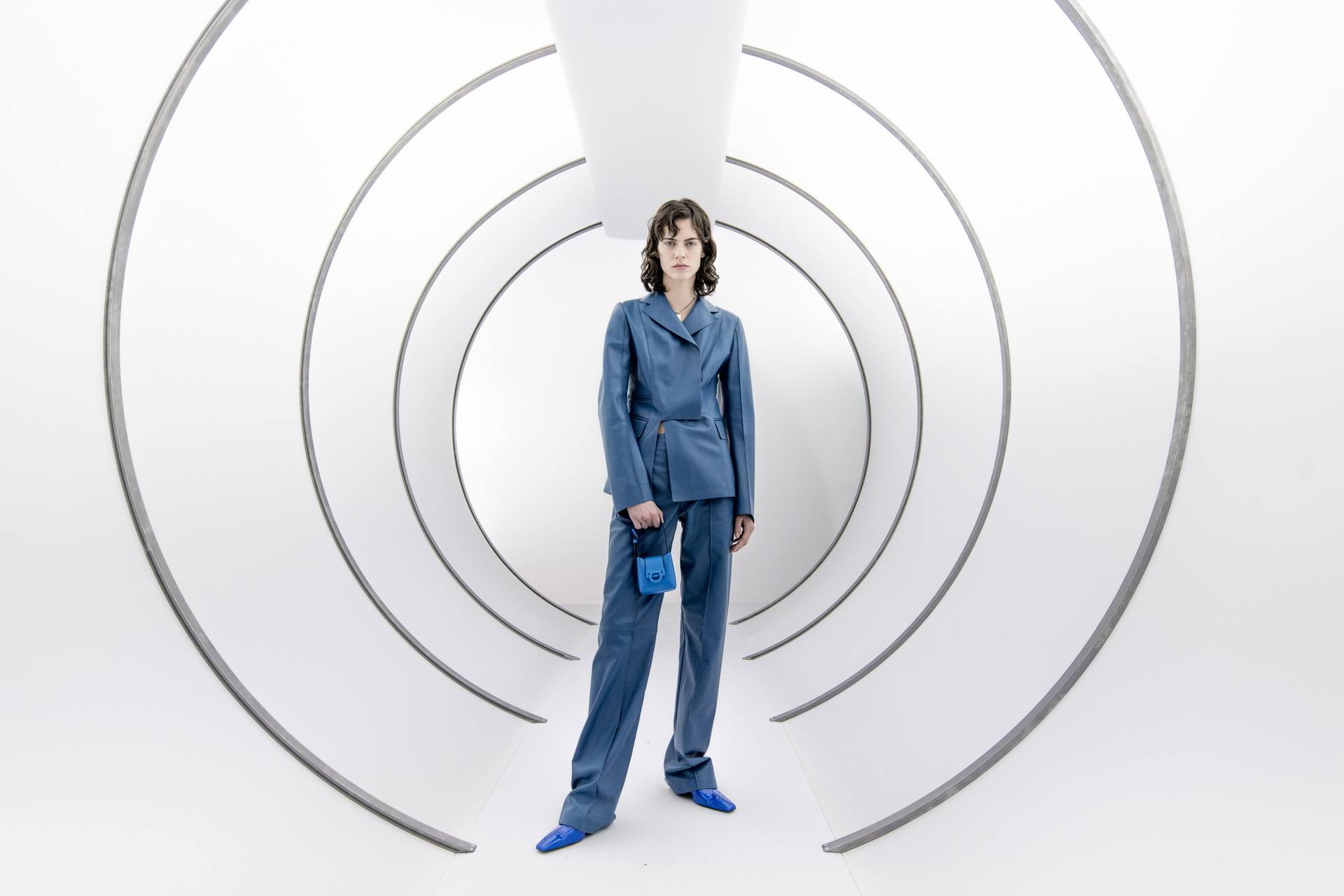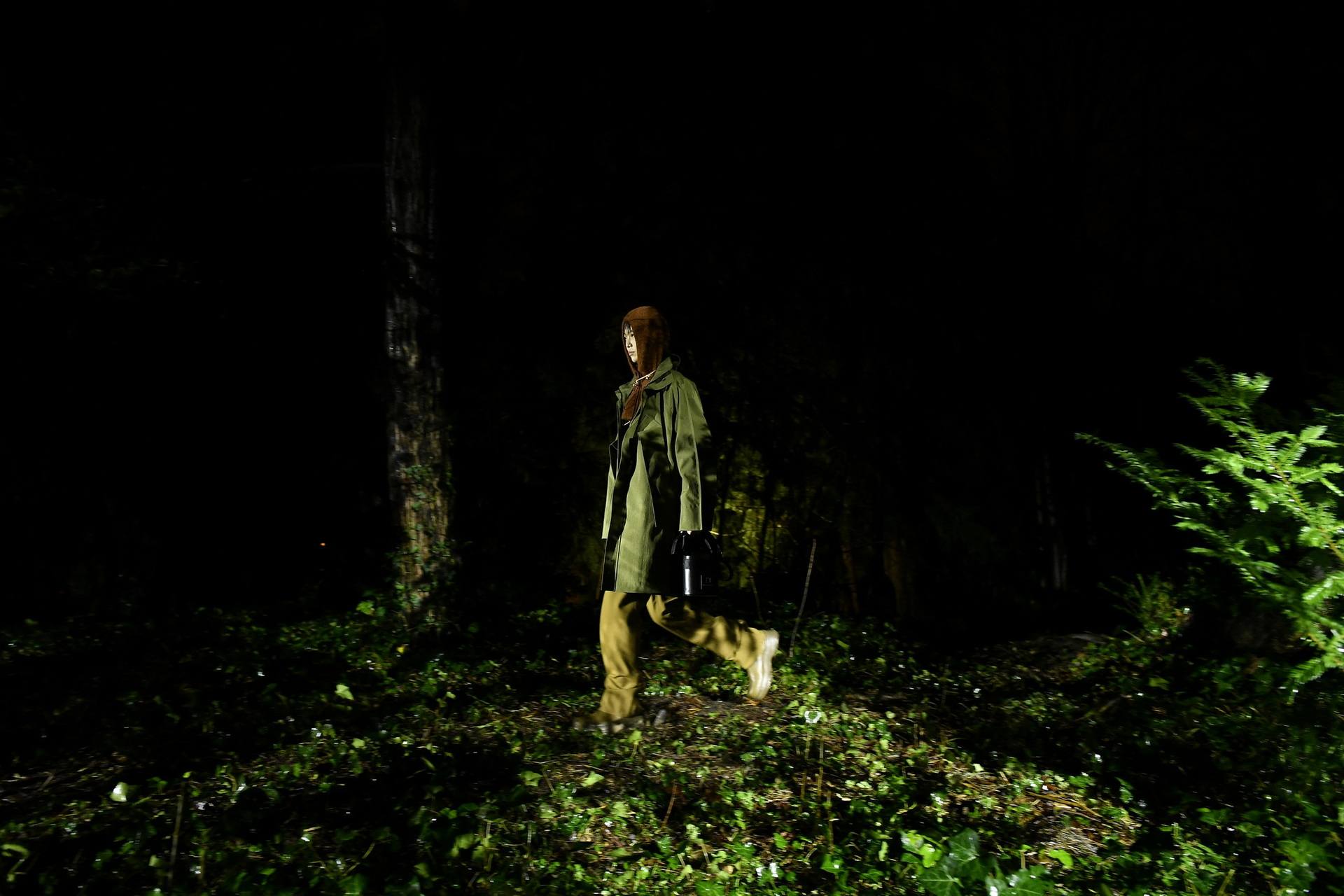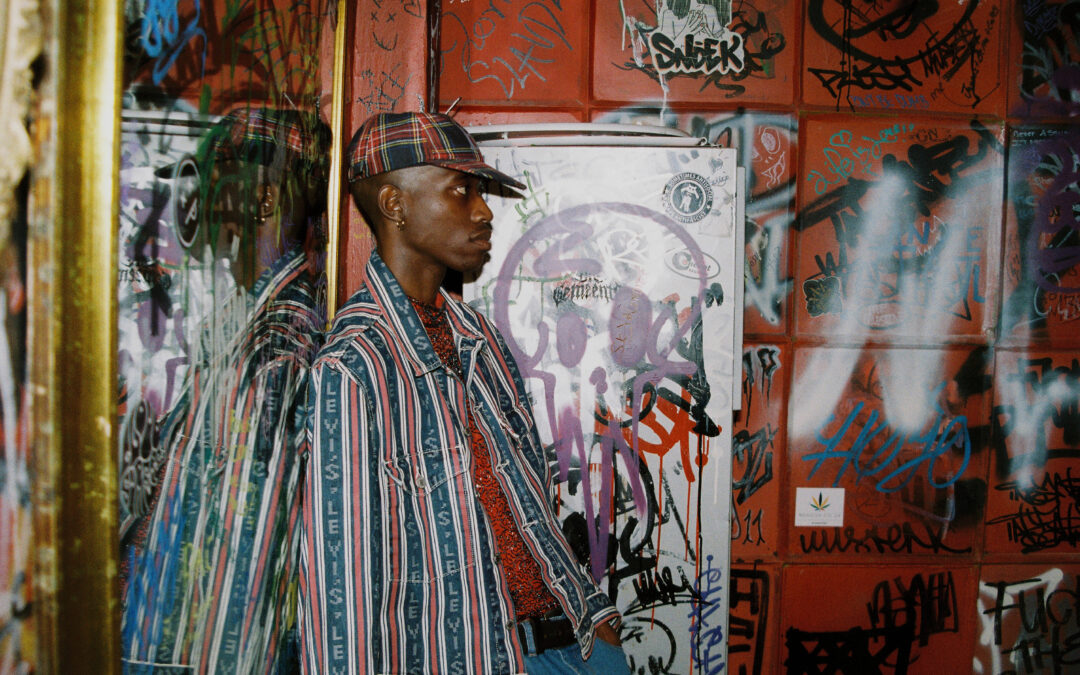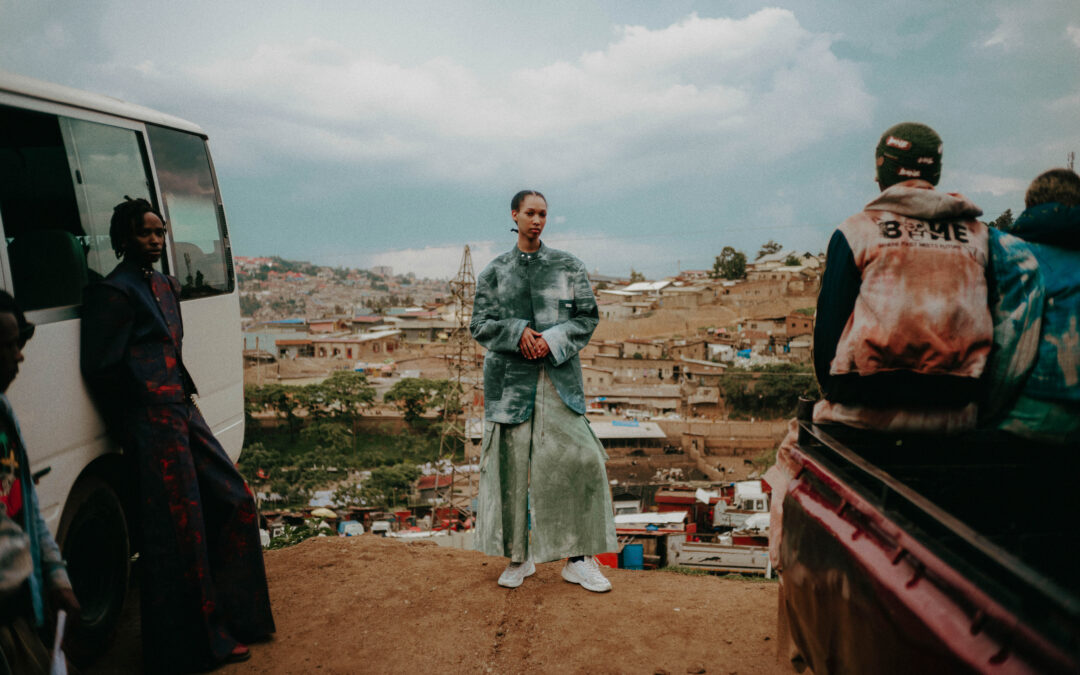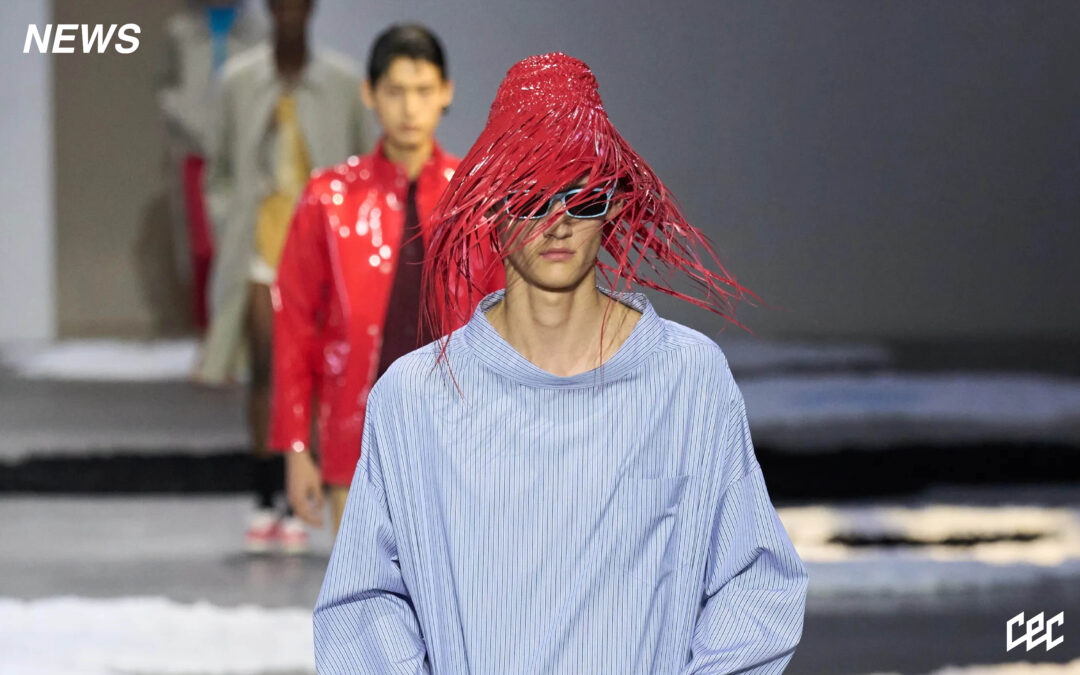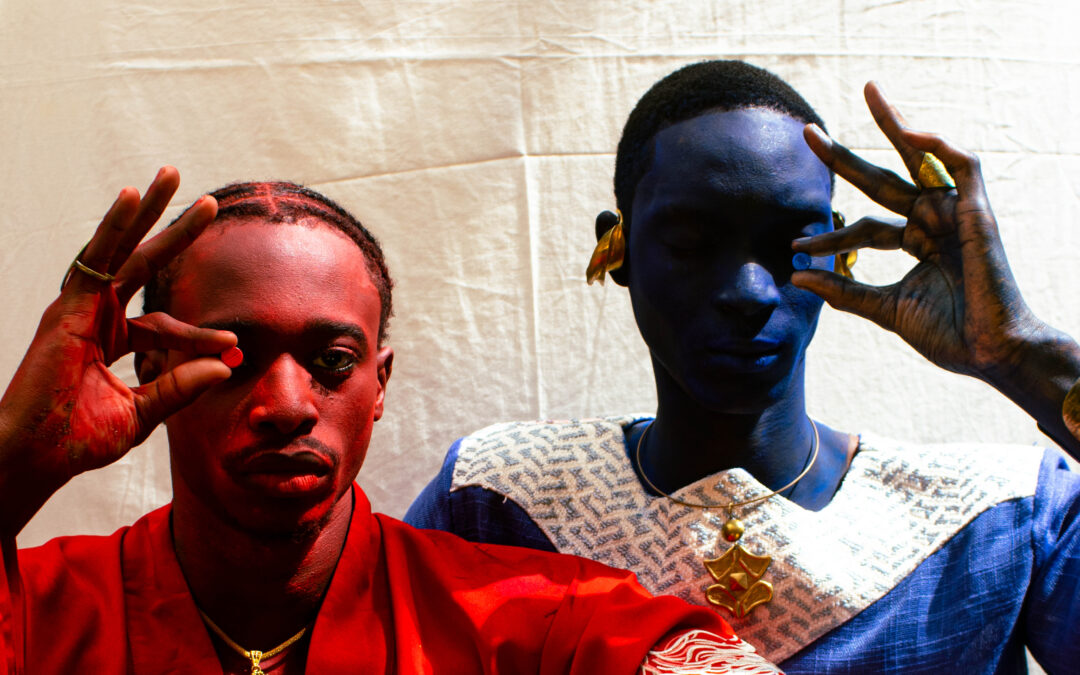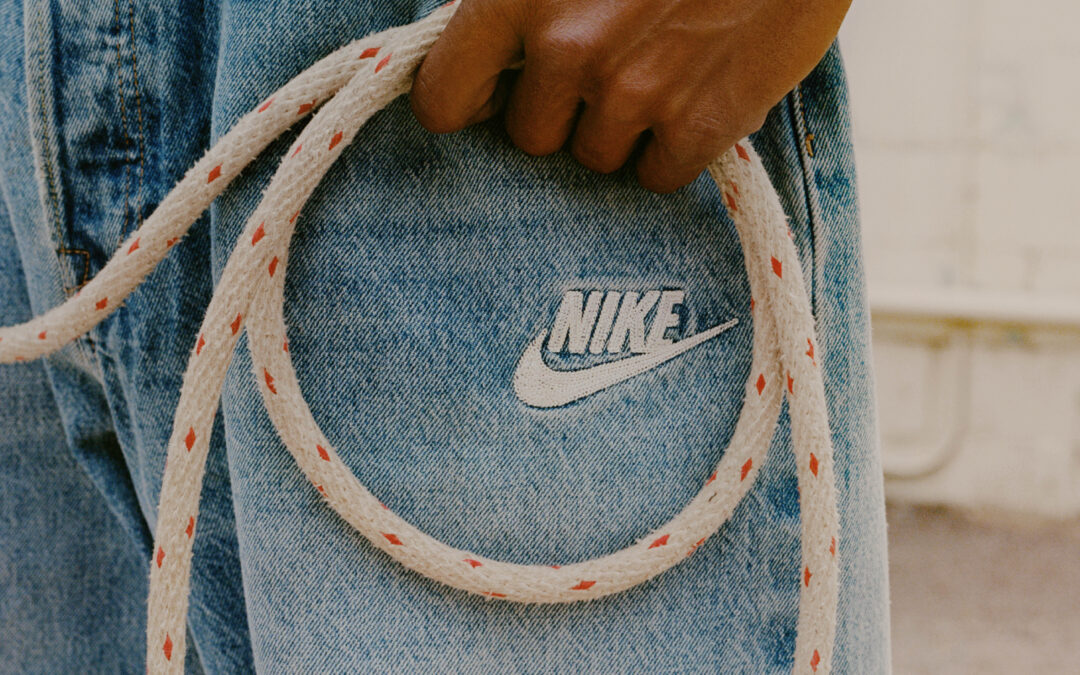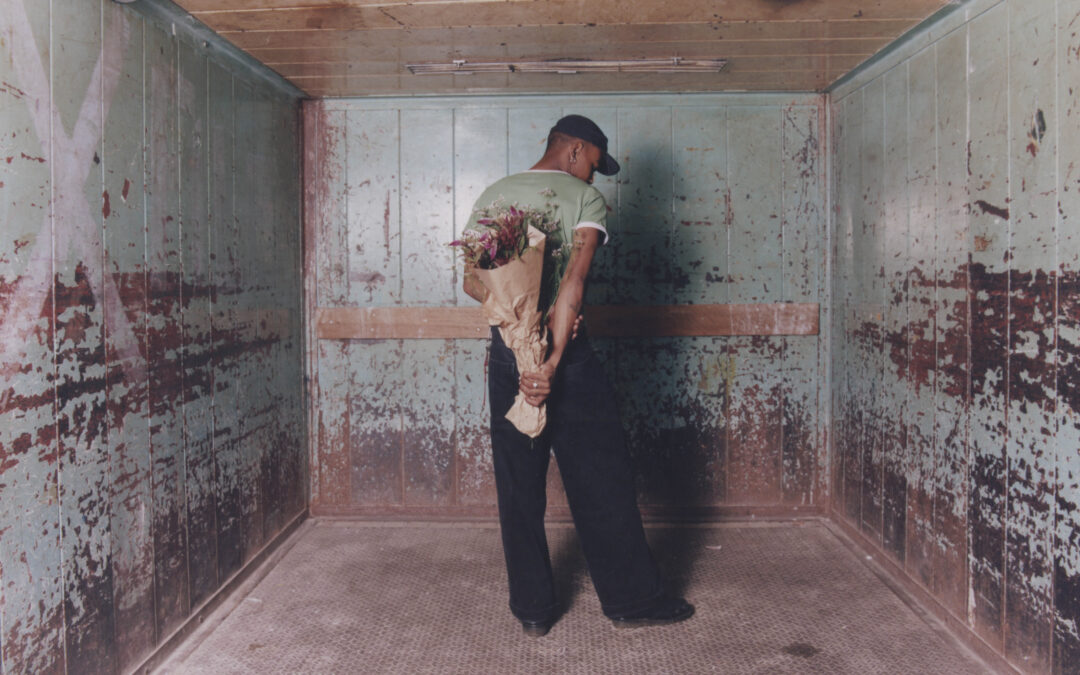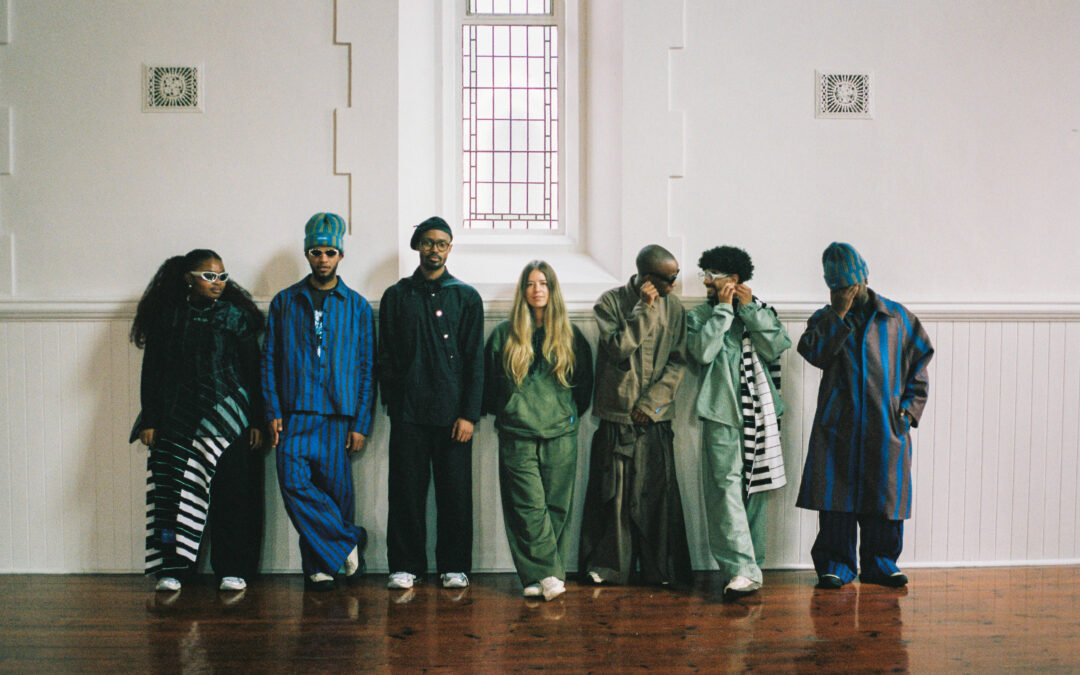If you are a follower of the fashion season, whether through our fashion column Interlude, Vogue Runway or through social media – then you are certainly familiar with fashion photographer Filippo Fior’s work. He, in many ways, has been the principal archivist of runway shows for the last fifteen years; capturing the symphonic movements of collections, and tracing the development of the designers and brands behind every show with his lens. Having sourced and celebrated Filippo’s images for sometime, could only have been enhanced by finding out that he has a South African connection; our conversation charts Filippo’s intense passion for fashion as art, his love for South Africa and the African continent, and invites us into his thoughts behind some of his favourite shows.
“My story is kind of complicated – I was born in Johannesburg, South Africa and lived there until I was 10 years old. I remember it still so vividly; the sights and sounds. I think it’s true that Africa is something you never lose from your heart; even all these years later, I miss it so much. My father, being Italian, wanted to come back to his home, so we went from the bustling city of Johannesburg, to a tiny village in Tuscany with a population of around 3000 people. It taught me another kind of living, so I’m grateful to have been raised with two very contrasted experiences. When I left home at 18, I went to study aerospace engineering – all the while being an amateur photographer, and I ended up pursuing photography full time.” Filippo says. A pivot from aerospace engineering to photography is a reminder that our career paths are more than anything, the way we wish to show up and interact in the world. As someone who is endlessly curious and detail-oriented; the confines of a laboratory may have been too monotonous. Filippo reflects, “I started taking reportage and photo-journalistic images when I joined an agency all those years ago, but then with digital photography coming out – things changed. Magazines started having less interest in reportage, so I had to move towards a new industry. Of course, being in Italy, fashion is in our blood. I worked in Milan, and then became part of the early formation of GoRunway, who I am still with today.” Go Runway is the primary photographic agent for fashion weeks in Milan, Paris and so on.
Jacquemus Spring/Summer 2021

gcds
Sunnei Spring 22 RTW Milan GoRunway
As far as social-documentary photography is concerned, Fiilippo describes how he was able to translate his formative development towards the medium of fashion, “my dream has always been to be a National Geographic photographer. I have always wanted to use photography to explain what is happening in a certain condition. My god – fifteen years ago – my first fashion show was interesting. I was put backstage, which suited me fine because it’s a kind of reportage; but the runway, that was something very different. It was a complete disaster, because you think ‘oh come on, it’s just a model coming down a straight line with good lighting, how hard can it be?’ Honestly, counting the steps of the models and setting my camera was impossible. It was very harsh at the beginning.” The harshness of this kind of fashion photographer – the live, and time-sensitive reporting from fashion shows – is something Cris Fragkou has spoken to us about. The area designated for the photographers is known ominously as ‘the pit’ – and its intensity is juxtaposed with the ethereal nature of most shows. Filippo explains, “as pit photographers, we are like a band of brothers – we know each other, and we have to rely on each other, but we are also kind of enemies because we are all with competing agencies and overlapping briefs. It’s a strange environment, in which you have to be a good politician – and you have to keep your position, and mine is a hard-won central position. At the beginning of my career doing this, there were so many of us; and I was the new guy, kept on the sidelines. Now, with so much happening in the photography industry, there’s very few of us now on the runway. In a way it’s good, but it also speaks to the decline of something like ‘the pit’ and the publishing industry.” Filippo goes on to speculate, like many of us do, that the loss of power by magazines, and the decline of print media, speak to the volatility of many industries today. As we digitise, and technology becomes more integrated into how we work and express ourselves, so do we find spaces like fashion shows having more singular intentions; namely, their visibility on social media platforms and in-house content requirements by the brands themselves.
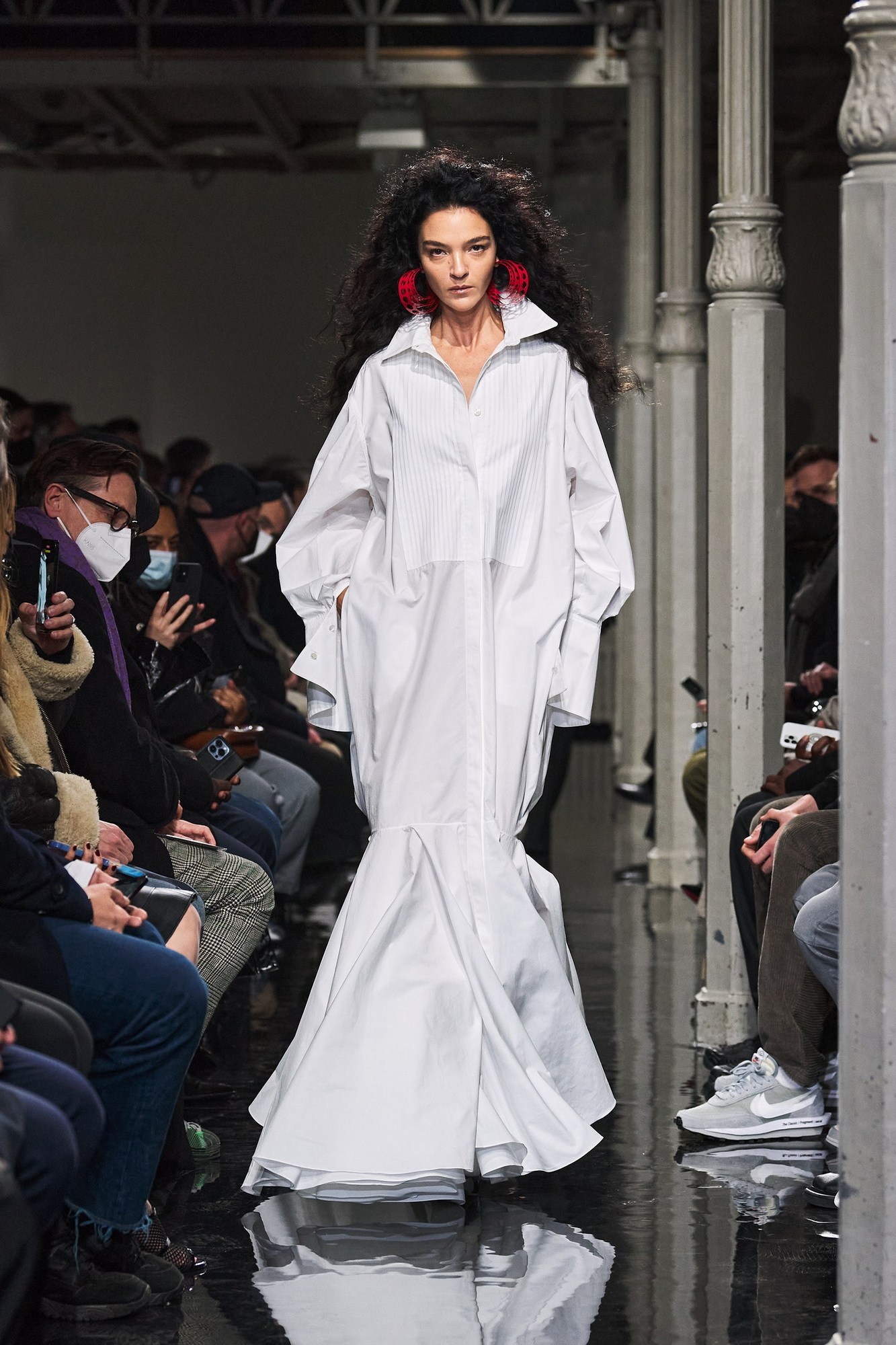
Alaia Fall 22 Paris
“Fashion shows depend on so many factors, and comes down to the intentions and momentum of the brand or designer. I’ve been shooting the first shows by Jacquemeus when he wasn’t very famous; he was doing shows in a garage in Paris, with not much press and not many lights. It’s been great seeing him grow, and how much a designer can put into building not just clothes, but a whole world around them. The show I shot of him, out in the wheatfields, is one of the best experiences I have ever had as a photographer. You can see that Simon has a real ability to share his romantic nature. Fashion shows are very indescribable – the big ones like Dior, with hundreds of people outside – that energy is intense and so focused on the ‘dream of fashion’. Some shows are little, because they might not have the budget, or they’re huge and the set-design is astonishing. It is always about what a designer can show, though – the feeling a designer can give is not really dependent on budget. I think we need to remember that. I’ve seen small shows that are so emotional and beautiful, and very big shows where the feeling is lost.” Filippo says, responding to the difficult question as to what fashion shows are like; as for the democratisation of fashion through IG live shows, and the general attention of the public during seasons, Filippo says, “I think it’s really important to have everyone a part of fashion. We have to show that it’s not only something for the rich; fashion is that art-form of expression, and a way to showcase ideas, values and visions. Yes, the price-tags of most houses are high; but fashion is more than that. Even if we are in uncertain times, and the industry has a lot of work to do around social and environmental issues, I think now more than ever, we need to dream and fantasize through it.”
As for Filippo’s love for Africa, he says, “I think people like Thebe Magugu, and so many others, are really showing that Africa is the place that will grow next. Really, my dream is to come to Cape Town to shoot a Resort or Cruise show one day. It is the most perfect location for it; and I think South Africa has so much to give the fashion world, it’s one of the most important countries that show the melt-pot of cultures in the world. Africa has already given so much, and I’m excited to see how much it grows in the future as a cultural and fashion centre of the world. It would be so good to see something happening in Cape Town.’’ From someone as esteemed as Filippo in international fashion – his words are not lost on us. Our time is now.
All images credited to Filippo Fior.
Written by: Holly Beaton

